Search
Remove Ads
Advertisement
Summary 
Loading AI-generated summary based on World History Encyclopedia articles ...
Search Results
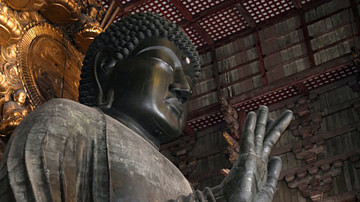
Definition
Nara Period
The Nara Period (Nara Jidai) of ancient Japan (710-794 CE), so called because for most of that time the capital was located at Nara, then known as Heijokyo, was a short period of transition prior to the significant Heian Period. Despite the...

Definition
Ancient Nara
Nara, located around 30 km south of modern Kyoto, was the capital of ancient Japan between 710 and 784 CE. It gave its name to the Nara Period (710-794 CE), although the name during the 8th century CE was Heijokyo. Modelled on the Chinese...
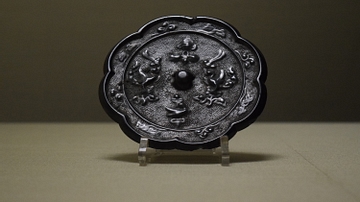
Image
Nara Period Mirror
An eight-lobed cast bronze mirror with flowers and luan (a mythical bird) decoration. From Mount Tsuwado, Mukuno, Yamaga-machi, Kitsuki-shi, Oita, Japan. Nara Period, 8th century CE. Tokyo National Museum)
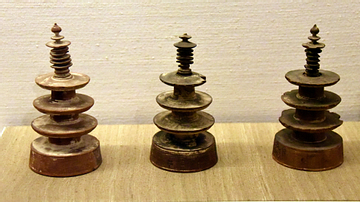
Image
Nara Period Miniature Stupas
These are miniature stupas (hyakumanto). A stupa is a structure in a Buddhist temple that contains religious relics. Empress Shotoku (reigned 764-770 CE) ordered a million of these miniature wooden stupas to be made. Each one contained a...

Definition
Ancient Japan
Ancient Japan has made unique contributions to world culture which include the Shinto religion and its architecture, distinctive art objects such as haniwa figurines, the oldest pottery vessels in the world, the largest wooden buildings anywhere...
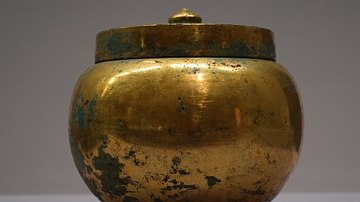
Image
Cinerary Urn, Nara Period
A gilded cast bronze cinerary urn from the Nara Period (710-794 CE). From Kamori, Katsuragi-shi, Nara, Japan. Important Cultural Property (Tokyo National Museum)
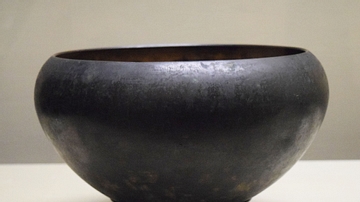
Image
Bowl from Nara Period Japan
This forged gilt bronze bowl dates from the 8th century CE. Bowls were one of the six items that a Buddhist priest was expected to have on his person. This bowl, used for making food offerings to the Buddha, was placed on a ring-like stand...
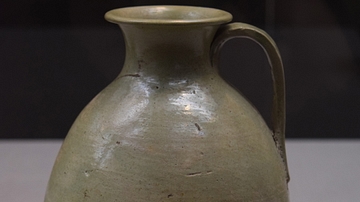
Image
Sanage Ware, Nara Period.
A Japanese sanage ware jug with natural glaze. Nara Period, 8th century CE. (Tokyo National Museum)
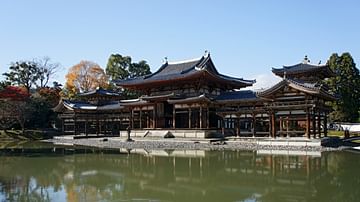
Definition
Heian Period
The Heian Period of Japanese history covers 794 to 1185 CE and saw a great flourishing in Japanese culture from literature to paintings. Government and its administration came to be dominated by the Fujiwara clan who eventually were challenged...

Definition
Asuka Period
The Asuka Period (Asuka Jidai) of ancient Japan covers the period from 538 CE to 710 CE and, following on from the Kofun Period (c. 250-538 CE), so constitutes the latter part of the Yamato Period (c. 250-710 CE). For some scholars the period...